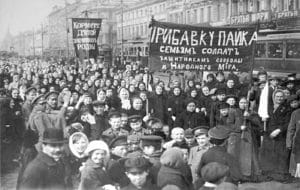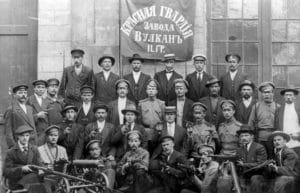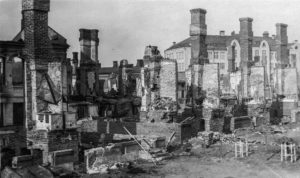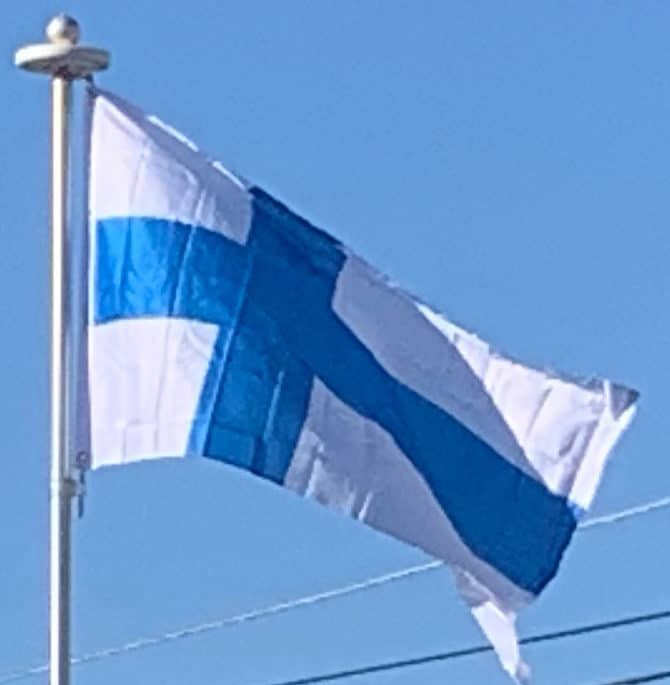
New elections were conducted, in which right-wing parties won with a slim majority. Some social democrats refused to accept the result and still claimed that the dissolution of the parliament (and thus the ensuing elections) were extralegal. The two nearly equally powerful political blocs, the right-wing parties and the social democratic party, were highly antagonized.
The October Revolution in Russia changed the geopolitical situation anew. Suddenly, the right-wing parties in Finland started to reconsider their decision to block the transfer of highest executive power from the Russian government to Finland, as the Bolsheviks took power in Russia. Rather than acknowledge the authority of the Power Act of a few months earlier, the right-wing government declared independence on 6 December 1917.

On 27 January 1918, the official opening shots of the war were fired in two simultaneous events. The government started to disarm the Russian forces in Pohjanmaa, and the Social Democratic Party staged a coup. The latter gained control of southern Finland and Helsinki, but the white government continued in exile from Vaasa. This sparked the brief but bitter civil war. The Whites, who were supported by Imperial Germany, prevailed over the Reds. After the war, tens of thousands of Reds and suspected sympathizers were interned in camps, where thousands died by execution or from malnutrition and disease. Deep social and political enmity was sown between the Reds and Whites and would last until the Winter War and beyond. The civil war and activist expeditions into Soviet Russia strained Eastern relations.

After a brief experimentation with monarchy, Finland became a presidential republic, with Kaarlo Juho Ståhlberg elected as its first president in 1919. The Finnish–Russian border was determined by the Treaty of Tartu in 1920, largely following the historic border but granting Pechenga (Finnish: Petsamo) and its Barents Sea harbor to Finland. Finnish democracy did not see any Soviet coup attempts and survived the anti-Communist Lapua Movement. The relationship between Finland and the Soviet Union was tense. Army officers were trained in France, and relations with Western Europe and Sweden were strengthened.
In 1917, the population was 3 million. Credit-based land reform was enacted after the civil war, increasing the proportion of capital-owning population. About 70% of workers were occupied in agriculture and 10% in industry. The largest export markets were the United Kingdom and Germany.
World War II and After:
Finland fought the Soviet Union in the Winter War of 1939–1940 after the Soviet Union attacked Finland and in the Continuation War of 1941–1944, following Operation Barbarossa, when Finland aligned with Germany following Germany’s invasion of the Soviet Union. For 872 days, the German army, aided indirectly by Finnish forces, besieged Leningrad, the USSR’s second-largest city. After resisting a major Soviet offensive in June/July 1944 led to a standstill, Finland reached an armistice with the Soviet Union. This was followed by the Lapland War of 1944–1945, when Finland fought retreating German forces in northern Finland.
